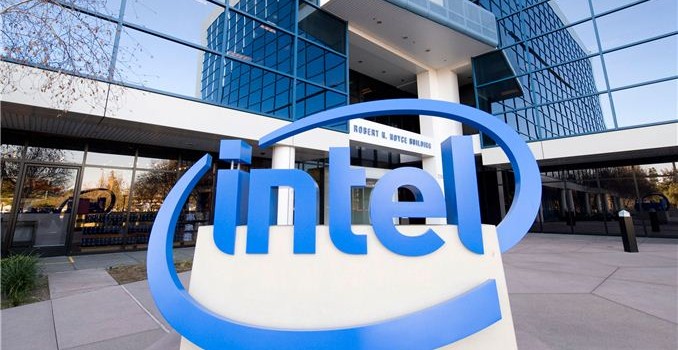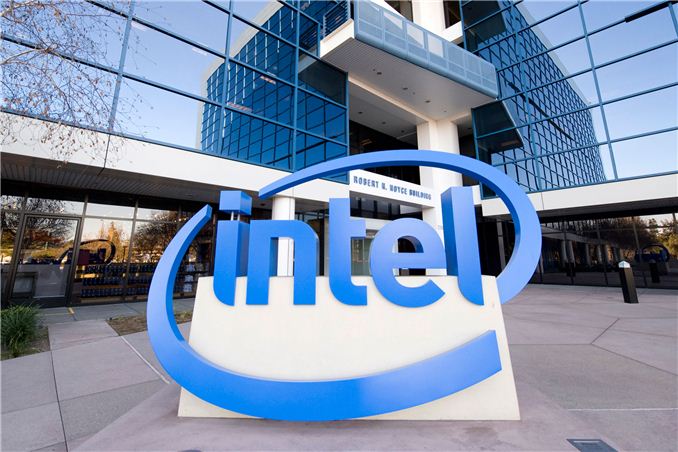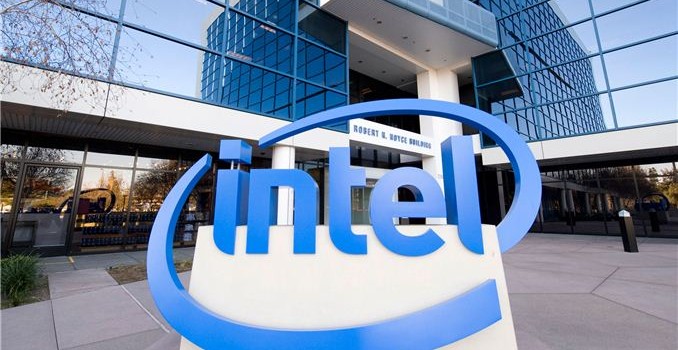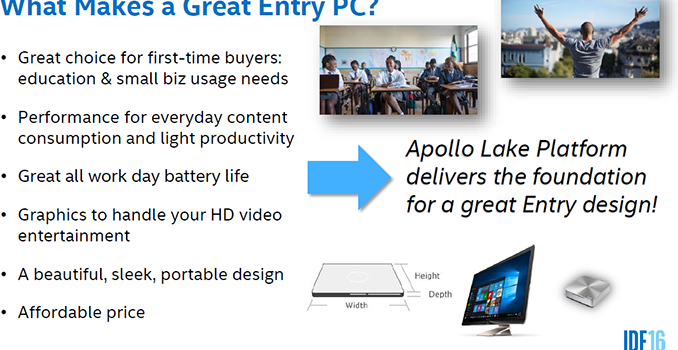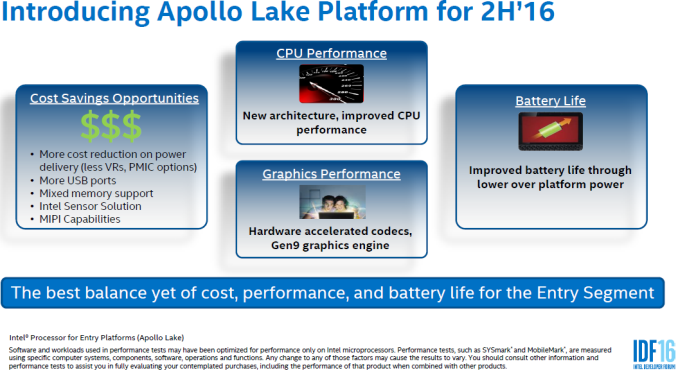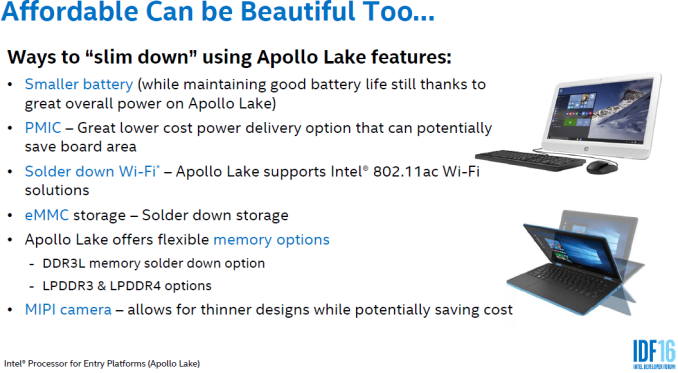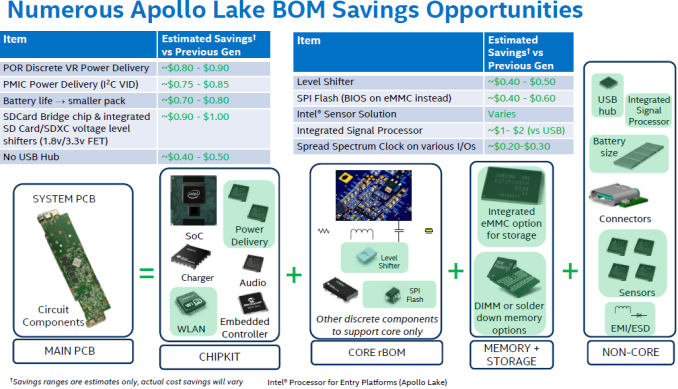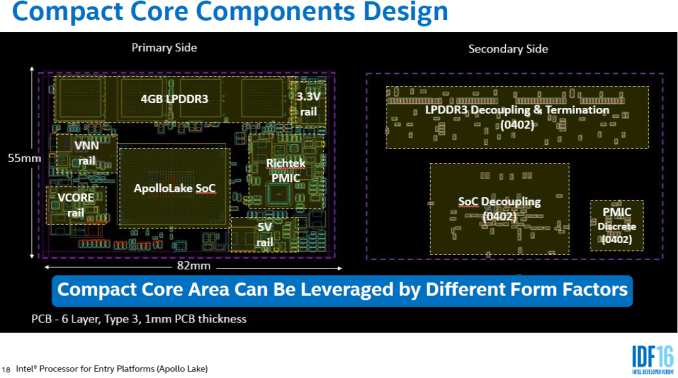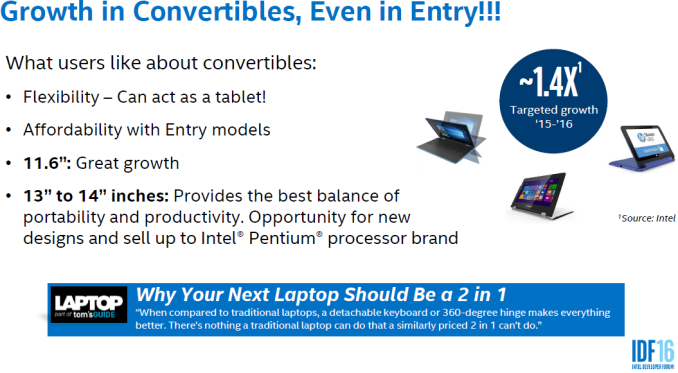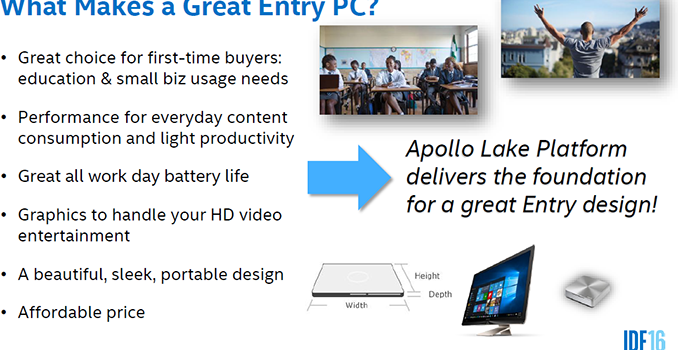Intel Announces Major Workforce Restructuring: 11% of Workforce to Be Cut Over Next Year
Ahead of today’s Q1 2016 earnings release and call, Intel has announced that they are going to be cutting a significant number of jobs over the next year. The job cuts come as part of Intel’s larger and ongoing restructuring efforts, as the company grapples with an overall soft PC market and continued struggle to carve out a larger piece of the mobile market. Ultimately Intel’s looking to invest in what they consider to be high-growth areas, which means laying off employees in stagnant business units while making other investments in those areas that are seeing continued growth.
The job cuts themselves are expected to involve up to 12,000 employees, or about 11% of the company’s workforce. Intel will be eliminating positions through a combination of both voluntary and involuntary layoffs, and in the process will be consolidating the remaining workforce and their respective sites. Intel expects the bulk of the layoffs to occur within the next 60 days, with the entire process stretching into mid-2017.
The company’s pre-earnings announcement does not state where these layoffs will come from, and we’re expecting at least some additional detail to come out of the company’s earnings call which is still on-going. However the company is reiterating what markets and businesses they see as growth opportunities and will be investing into for the future, which offers some basic guidance on what the company sees as their most important businesses. Intel’s Data Center and Internet of Things businesses are specifically being cited as their stand-out businesses, which combined with memory and FPGAs provided 40% of the company’s revenue and a majority of their operating profit. Meanwhile in the consumer/client market Intel has seen good returns on 2-in-1s, gaming and home gateways. Conversely, the overall (client) PC market is still in decline, and I expect that a number of the cuts will be centered on that.
Finally, Intel has also detailed the costs of their restructuring. The company will incur a one-time charge of $1.2 billion in Q2, with this presumably being a significant number of severance payments. In turn, the company expects to save $750 million this year, with an annual run rate savings of $1.4 billion per year after the last of the layoffs are completed in mid-2017.
We’ll update this article later today with more information once it comes out of Intel’s earnings call. Ultimately the soft PC market has been a continuing trend for Intel over the past few years, so that we’re seeing Intel react to it now is not unexpected. However it will be important to see just how the layoffs are organized – for example, if Intel makes much in the way of cuts in the fab business – as Intel is a large company. What this means for future client PC investments, mobile, could prove to be significant.
Update: Intel’s earnings call has shed a bit more light on the restructuring, but Intel is not spelling out exactly where the bulk of the cuts are coming from at this time.
Overall Intel did reiterate that although the client business has been weak, the company’s restructuring plans will be touching more than the client business. The impact to the client business then is that it is being refocused via the restructuring, hence the earlier comments on what Intel sees as the client growth markets. Undoubtedly aspects of the client business are in the crosshairs given the continued slowness in the market, but Intel isn’t saying too much more than that.
The company has also made it clear that they’re not backing off on fab/manufacturing investments in the near future. Capital expenditures on 10nm and 3D NAND continue untouched even with the restructuring, and overall Intel’s technology cadence plans have not changed. Farther ahead, the company has indicated that they are being mindful of their capable competition, and that they need to stay ahead of them, including getting back to a two-year cycle if at all possible.
Finally, Intel has offered a bit more information on the timeline for the restructuring itself. While the majority of the notices to employees will go out in 60 days, the projection is that only about half of the layoffs will be completed by the end of this year, which implies the rest will happen in H1 2017. Part of this comes down to the fact that while Intel has a target number for employment, they have not decided whether they will end any product lines entirely. Intel is in the process of undergoing a complete review of the business to identify any products the company may want to cease, and Brian Krzanich has said that when the review is done there’s likely to be a few products that get flagged.

